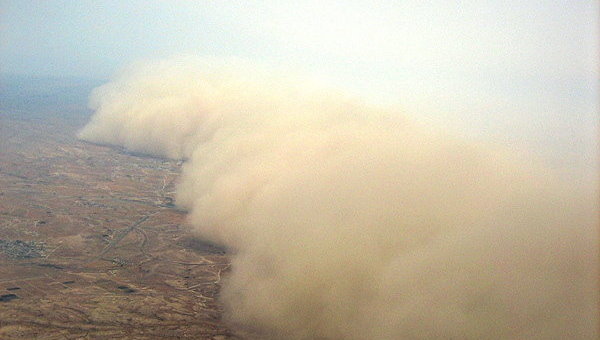Climate Change in Afghanistan:
Afghanistan
has a rugged climate and is mostly a dry country and mountain landscape. 80 percent of the population directly depends
on the already scarce natural resources.[1] Afghanistan depends on the glaciers in the
mountains to provide a steady water supply for all life to be inhabitable in
the country. It is believed by the year
2030 the annual temperature will have increased by .06 degrees Celsius from
1960 along with spring rainfall to have decreased by close to 2.7 mm per month.[2] Models point towards an increase in temperature
all across Afghanistan with a possible increase up to 6 degrees Celsius by
2090.[3] Other models project an increase in temperature
by 1.4 to 4.0 degrees Celsius by 2060 and by 2090 an additional increase of 1.5
to 2.5 degrees Celsius.[4]
In 1,000 Years:
Based
off this information in 1,000 years we can see a steady climate change in
Afghanistan. With lower amount of rainfall
and a rise in aquaculture people would be forced to move away from more
rural areas due to lack of water. This
is already being noticed by the Amu Darya River’s due to the
expansion of irrigated lands the river failed to reach the Aral
Sea in the late 1980’s.[5] The Glaciers in the mountains would have
greatly decreased and have melted forming a greater number of glacier
lakes. Using Satellite-based assessment
of glacier termini positions and looking at the data pulled from August 1976 to
July 2003 the glacier retreated with an average distance of 294 meters.[6] Assuming on average the glaciers are reduced
by 294 meters every 25 years by the year 3013 the glaciers in the mountains of
Afghanistan would have decreased in size by 1,168 meters or about 3,832 feet.
In 10,000 Years:
In
10,000 years the glaciers will be reduced by 11,680 meters which is about 7
miles in circumference. Afghanistan has more than 3,000
small mountain glaciers in the Hindu Kush and Pamir mountains that provide
water to the region. China which has a
larger area contains a 22,944 square miles of glaciers.[7] Afghanistan having a smaller square mile coverage
will be greatly affected by this. At
this point a large body of the glaciers would have formed into glacier lakes in
the mountains. This will reduce the
water throughout Afghanistan making it very difficult for any agriculture to
take place or support any large amount of population.
In 100,000 Years:
In
100,000 years if things continue on this pattern all of the glaciers in
Afghanistan would be completely gone.
With the dry climate the glacier lakes would also be a thing of the
past. Without this source of water
Afghanistan would become an uninhabitable barren landscape incapable of
maintaining life. There are already
large areas within Afghanistan that resembles such desolate surroundings.
Afghanistan
is in the process of joining Kyoto Protocol to the UNFCCC (United Nations
Framework Convention on Climate Change) which is in international treaty that
forms binding obligations on industrialized countries to reduce emissions of
greenhouse gases that will take place on June 23 of 2013.[8] Based off the data it will be thousands of
years before noticeable effects on Afghanistan’s climate will be changed.
Image sources:
Work Cited:
[1] http://programs.wcs.org/afghanistan/Challenges/ClimateChange.aspx
[2] http://programs.wcs.org/afghanistan/Challenges/ClimateChange.aspx
[3] http://programs.wcs.org/afghanistan/Challenges/ClimateChange.aspx
[4] http://www.necsi.edu/afghanistan/pdf_data/2007447_AfghanCC_ExS_09MAR09.pdf
[5] http://programs.wcs.org/afghanistan/Challenges/ClimateChange.aspx
[6] http://www.glims.org/glacierdata/data/lit_ref_files/haritashya2009.pdf
[7] http://content.usatoday.com/communities/sciencefair/post/2010/08/asias-glaciers-in-reteat-could-signal-crop-failure-and-flooding-in-the-future/1
[8] http://www.rtcc.org/afghanistan-joins-kyoto-protocol/

























